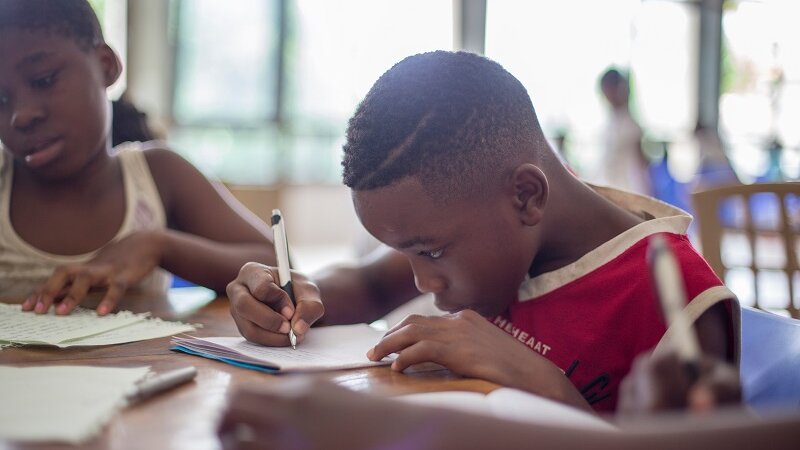The Philosophy of Behaviorism
Episode #6 of the course The theory of education: Effective learning and teaching by K.C. Finn
The second half of this course moves into educational theory and philosophy, exploring four key concepts. As the style profiles explored how we learn in a practical sense, these concepts delve deeper into why we retain information, for what purpose, and how it makes us think and feel differently when we do so. The first of these elements is Behaviorism.
Where Does the Theory Come From?
The two significant voices in behaviorism come from Pavlov, a Russian scientist who experimented with behavior in dogs, and the more recent works of the controversial BF Skinner, who suggested that any demonstrable action is proof of learning. Both of these philosophical thinkers utilized the central idea of rewards and punishments, basically training their subjects to expect good things when they learn and follow set behaviors, and penalties when they deviate from those or get them wrong. We see this reasoning in traditional educational establishments, through student awards, exam results, detentions, academic probation, and even expulsion from establishments.
As with any philosophy, there are criticisms of the work. It is difficult in this day and age to believe that any learner comes to learning as a blank slate ready to be modified because we all have our own identities, which we bring to learning that uniquely change the experience for us. Punishments, it is also argued, can have a much more negative effect on learning as a whole than a positive one. With that said, let’s explore teaching and learning methods born from behaviorism, which may produce lots of great results for us.
The Role of the Teacher
If you were to work in a traditional setting, some rewards and punishment systems would already be in place, but it’s still up to you how you use them, and what further measures you put in place to celebrate individual success. The best teachers will always have their students’ personal goals and ideals in mind when doing this. As the critics of this philosophy suggest, it’s essential to move away from negative stimuli and focus on motivating your students to reach positive rewards and goals for a stronger sense of self-esteem.
Classroom examples:
• Keeping individual progress charts for students to achieve general goals, but also goals that they set for themselves based on areas where they struggle.
• Rewarding group achievements with an interactive game or fun video at the end of a session.
• Asking students what their personal goals are for their course of study rather than just making assumptions from our targets and ideas.
• Judging students by the individual progress, they have made rather than comparing them to the whole group.
The Role of the Learner
Whether your teacher or learning method offers reward systems or not, you can take charge of your learning to invent them for yourself. Visual learners may like to make an attractive star chart or progress graph to see their achievements as they stack up. Auditory learners could reward themselves with music and social breaks whenever they reach a new milestone. Kinesthetic learners might like to treat themselves to a sports or dance session when they get their studies right. Whatever the case, the most crucial factor is to work towards goals, celebrate them somehow when reached, and treat any mishaps or slip-ups as another valuable lesson learned on the road to success.
Key take-aways:
• “It is important not to compare myself to others and their progress, but track my learning individually. The only person I need to compete against is myself.”
• “I can set up treats, days out, and downtime as a reward for completing study tasks, so I feel doubly good about doing the things I love.”
• “Getting things wrong is a step towards learning to improve.”
• “Rather than feeling bad and self-punishing when I fail a task, I should react with a promise to re-study the area again and make time to readdress my issue with a new style or approach.”
Our next philosophy explores our world view, and the perception we have of our place within it. This may sound a little complex, but it comes down to how we use our learning to make sense of our world, and why those kinds of learning experiences can stick in our minds. Join me for an exploration of meaning-making and how what we learn helps us to shape our world (and vice versa), as we take on lesson seven: Constructivism.
See you then!
K.C.
Recommended reading
Learning Scientists provides some excellent information on the full history of Behaviorism, its critiques, and its impact on the world of education.
Share with friends

